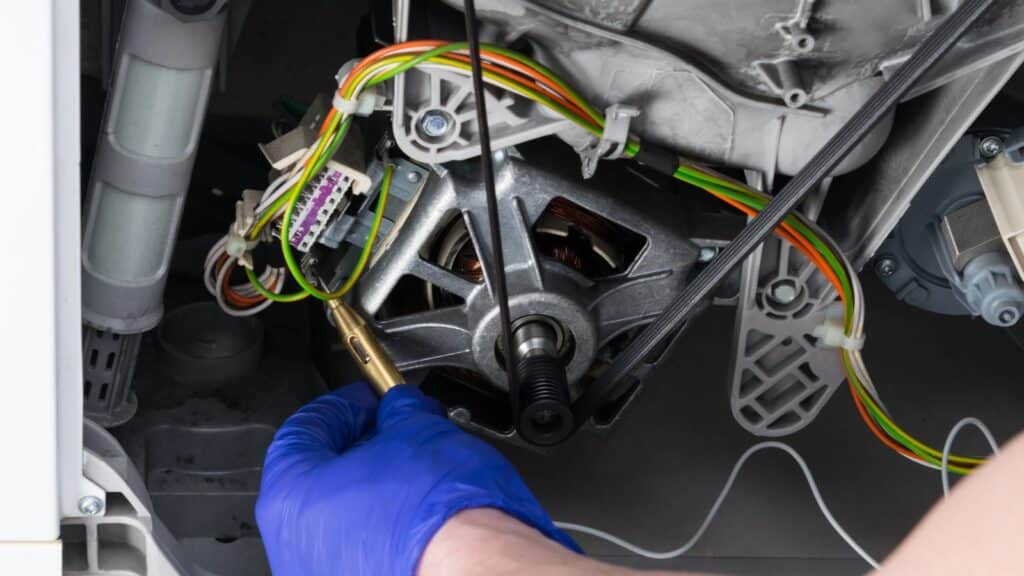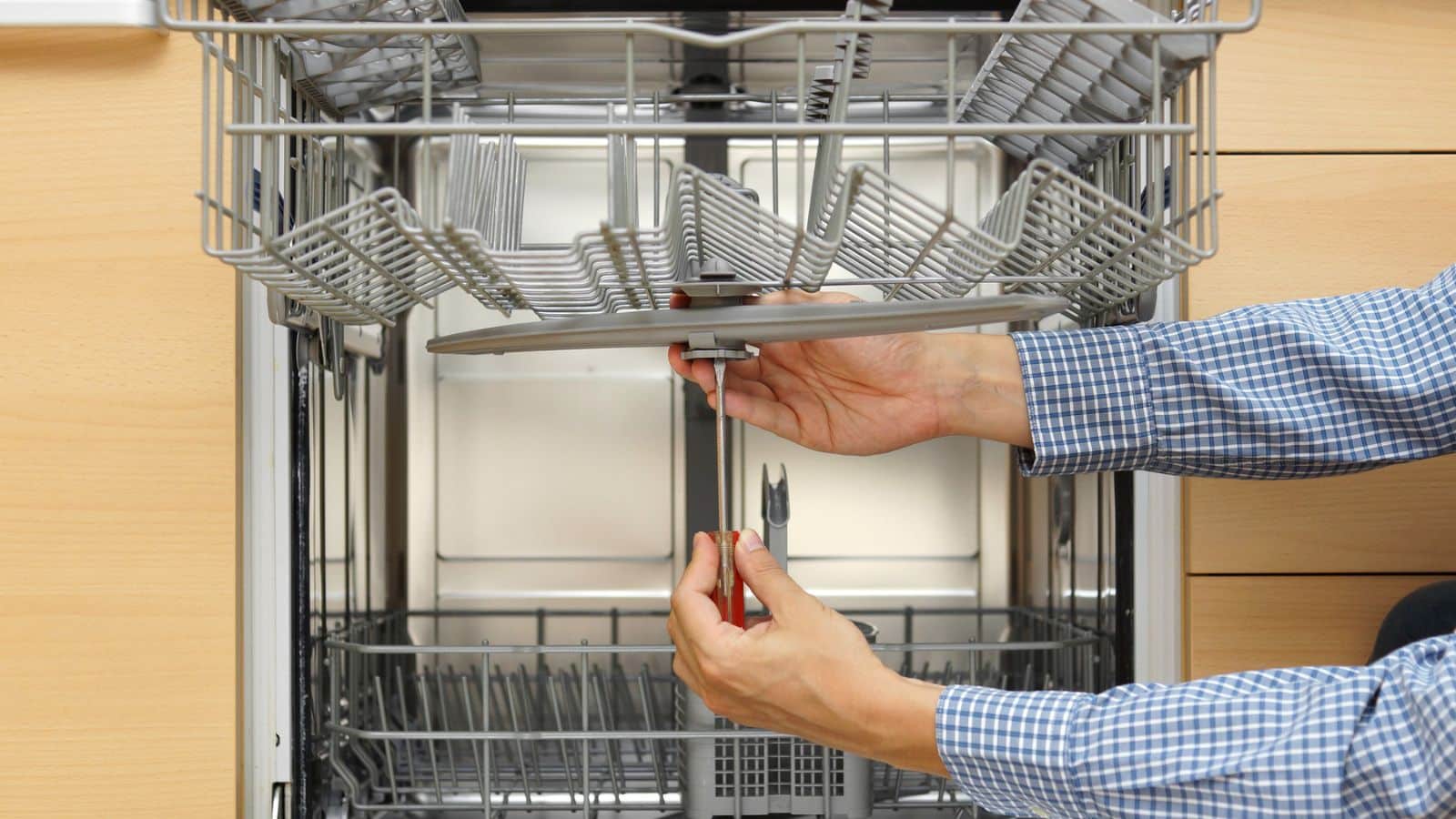If you’ve dealt with a broken appliance lately, you know the repair bill hits harder than it used to. What once felt manageable now feels like a major expense—and it’s not just inflation. Here are a few reasons appliance repairs are getting more expensive this year.
Parts Are Harder to Get

Supply chain issues haven’t fully gone away, and replacement parts are still harder to track down than they used to be. Even small components can take weeks to arrive—and they often cost more now. The shortage drives up prices and adds delays, which means higher overall repair bills.
💸 Take Back Control of Your Finances in 2025 💸
Get Instant Access to our free mini course
5 DAYS TO A BETTER BUDGET
Labor Costs Are Rising

Skilled appliance repair technicians are in short supply, and the ones still in the business are charging more. With fewer people entering the field and more retiring, companies are raising rates to keep up. That higher hourly rate adds up quickly—especially for complex fixes.
Appliances Are More Complicated

Newer appliances come with smart features, touchscreens, sensors, and fancy digital controls. While those extras are convenient, they also make repairs trickier. Fixing one small issue often requires dealing with software or replacing expensive circuit boards, which drives the cost way up.
Warranties Don’t Cover as Much

Many manufacturers offer limited coverage or shorter warranty periods than in the past. Even when an appliance is still technically “under warranty,” the fine print may exclude common issues. That leaves consumers footing the bill for repairs they assumed would be covered.
Tech Fees and Trip Charges

Many repair companies now charge a flat fee just to show up and diagnose the problem. That fee often isn’t applied to the repair itself—so even if you don’t go through with the fix, you’re still out money. These charges make simple repairs cost more from the start.
People Are Hanging Onto Appliances Longer

With new appliances being more expensive than ever, many people are choosing to repair rather than replace. This shift has increased demand for repair services—and prices have climbed in response. As demand goes up, so do wait times and costs.
Manufacturers Use Proprietary Parts

Some brands use parts that are only available through the manufacturer, which limits options and raises prices. You can’t shop around or buy aftermarket replacements—so you end up stuck paying whatever the company charges. It also makes DIY fixes much harder.
Inflation Affects Everything

From transportation to materials to labor, nearly every cost involved in appliance repair has gone up. Companies pass those increases along to customers. Even small repairs now come with bigger price tags just because everything around them costs more.
Older Appliances Are Harder to Fix

As appliances age, parts become less available—or discontinued altogether. Technicians may have to hunt for used components or spend more time making things work. That extra effort translates to longer repair times and bigger bills for owners trying to keep older models going.
Many Fixes Require Full Replacements

In the past, one broken piece could be swapped out easily. Now, many appliances are built with sealed units or integrated parts, which means a minor failure may require replacing an entire component. What used to be a $50 fix could now cost several hundred just because of how the appliance is built.
Why Repairs Keep Getting More Expensive

Modern appliances have more features, but those upgrades often make repairs more expensive. Parts can be harder to find, and labor costs have gone up. Knowing what’s driving the higher prices can help you figure out if a repair is worth it—or if it makes more sense to replace it.
This article first appeared on Cents + Purpose.



